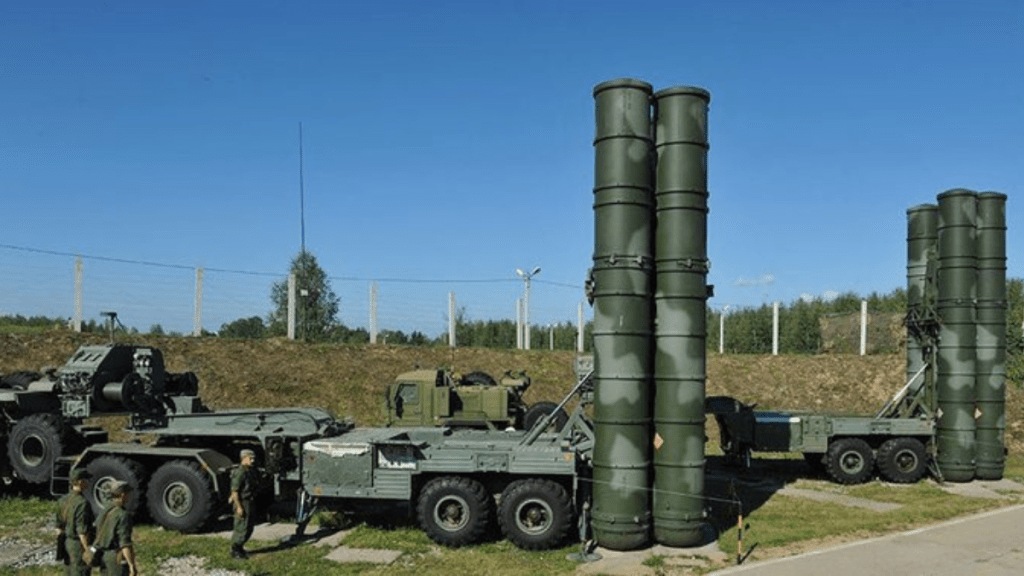Amidst the ongoing conflict with Ukraine, the remaining two regiments of Russia’s formidable S-400 Triumf advanced surface-to-air missile defence system to the Indian Air Force (IAF), is set to arrive next year. This revelation sheds light on India’s discernment of its neighbours’ intentions and its unwavering commitment to bolstering its air defence capabilities and underscores the nation’s strategic preparedness.
Despite warnings from the United States related to the purchase of Russia’s S-400 system, India remains resolute in its pursuit, recognizing the system’s pivotal role in enhancing its air power and deterring potential aerial threats.
Since December 2021, Russia has delivered three units of the S-400 missile system to India, deploying them along the China and Pakistan borders. The potency of the S-400 system has not gone unnoticed, causing unease for India’s regional adversaries. Signed during Russian President Vladimir Putin’s visit to India in October 2018, the agreement solidified India’s access to cutting-edge air defence technology. With a range spanning from 40 to 400 kilometers, the S-400 system encompasses Pakistan and China within its formidable reach.
About S-400
The mobility of the S-400 system allows for rapid deployment within minutes of receiving orders, presenting a formidable deterrent against aircraft, cruise and ballistic missiles, and hypersonic weapons. Its advanced radar capabilities enable India to maintain surveillance deep into the China-Pakistan border region, enhancing situational awareness and response capabilities. Furthermore, the system’s ability to operate in extreme temperatures and remain undetectable further solidifies its position as a cornerstone of India’s defence strategy.
Despite warnings of potential sanctions under the Countering America’s Adversaries Through Sanctions Act (CAATSA), India remains undeterred in its pursuit of the S-400 system. While CAATSA seeks to penalize countries engaging in defence dealings with Russia, India’s robust defence ties with both Russia and the United States have earned it concessions.
India – Russia Military Cooperation
Notably, India’s ongoing defence collaborations include the construction of INS Tushil and INS Tamal in Russia, further highlighting the nation’s commitment to bolstering its naval capabilities.
Scheduled for delivery by the end of this year, INS Tushil and INS Tamal signify the culmination of India’s defence collaboration with Russia. Despite the impending delivery, they mark a transition as the final Indian warships to be constructed in foreign shipyards, signifying India’s increasing focus on indigenous defence production. The agreement to construct INS Tushil and INS Tamal, forged during the tenure of former Defence Minister late Manohar Parrikar, underscores India’s commitment to self-reliance in defence manufacturing.
In conclusion, India’s acquisition of the remaining units of the S-400 system from Russia underscores the nation’s strategic foresight and commitment to bolstering its defence capabilities. Despite external pressures and warnings, India remains steadfast in its pursuit of advanced defence technologies, recognizing their pivotal role in safeguarding national security and deterring potential threats. As India continues to navigate geopolitical complexities, its defence partnerships with both Russia and the United States will remain crucial in shaping its defence landscape for years to come.

